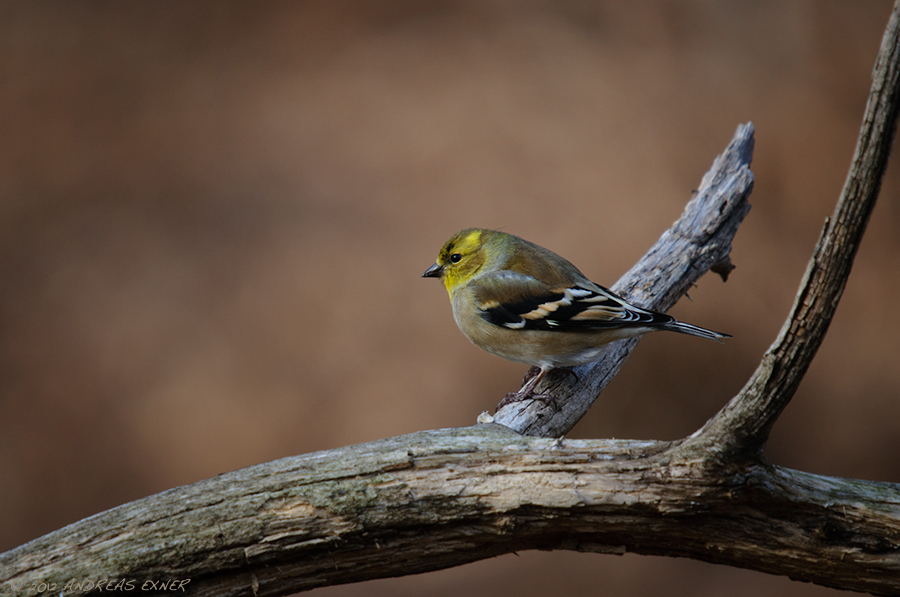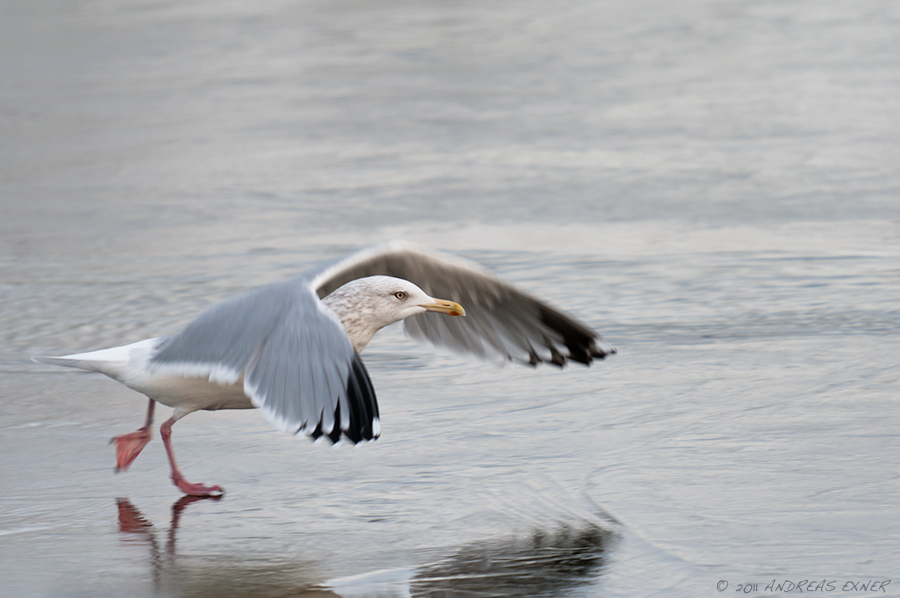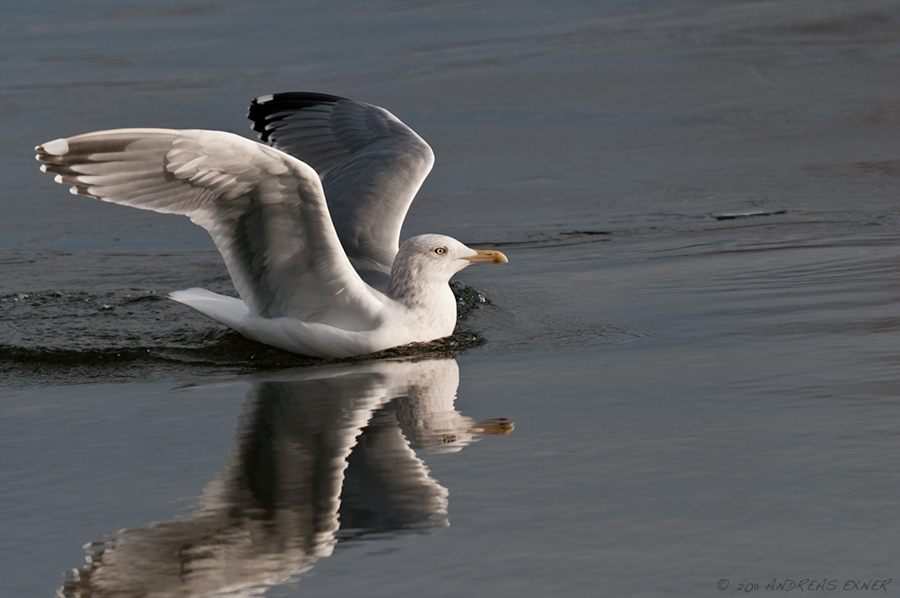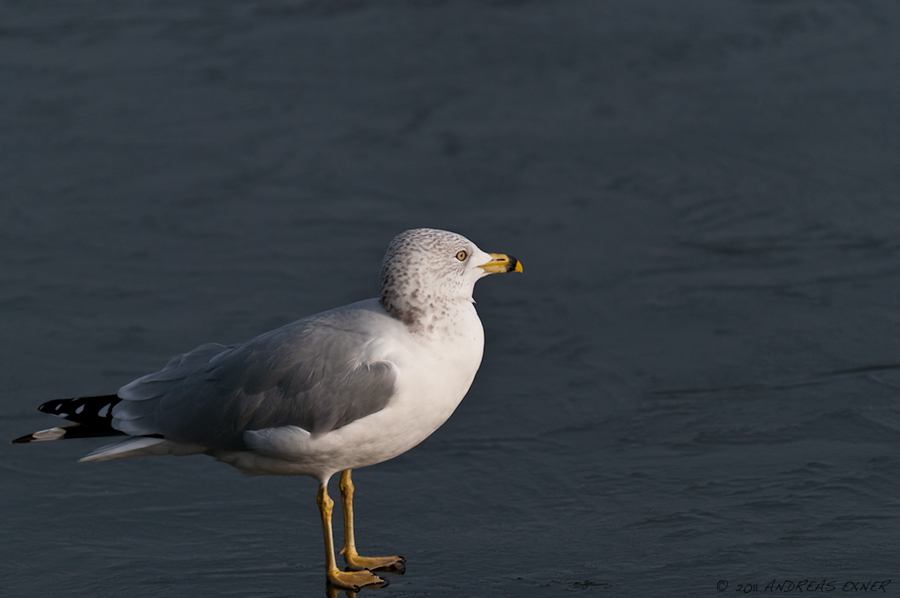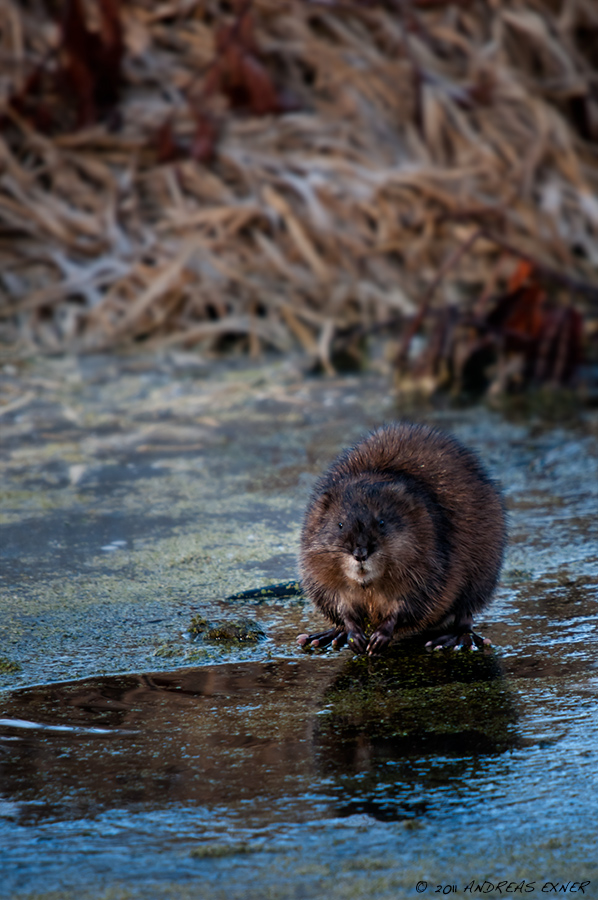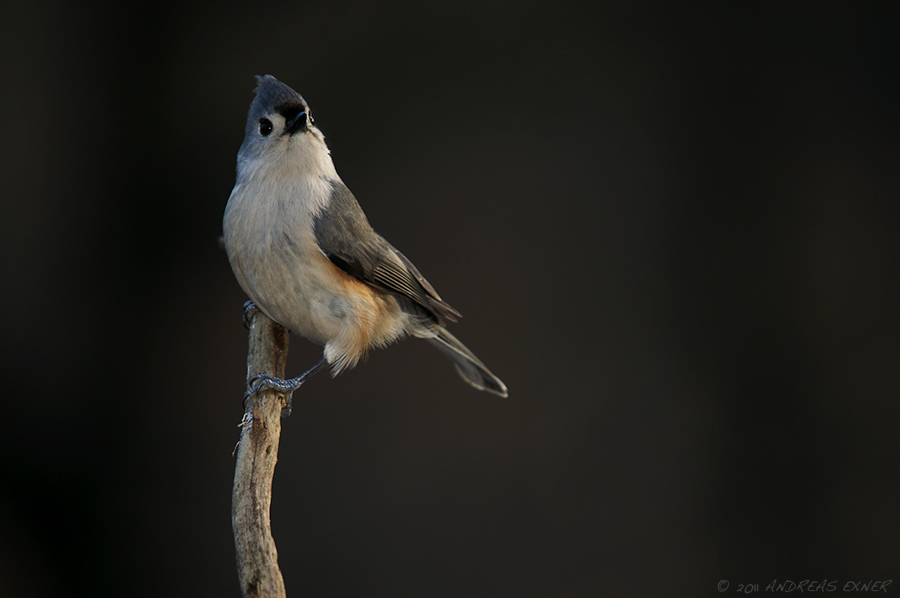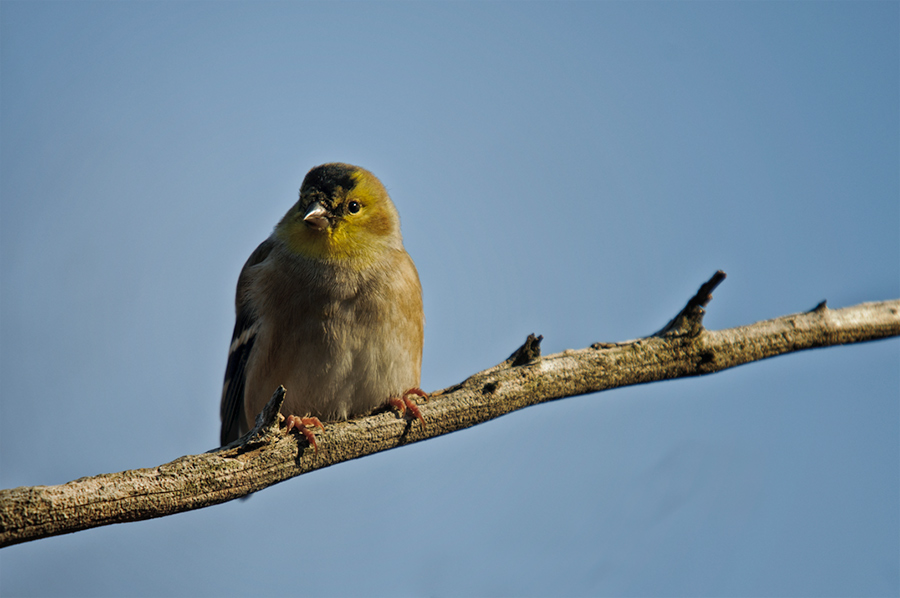I have written here before about "having a plan" or "setting goals" for your photography. I still believe it is important to do that if someone wants to see improvements from a technical as well from the artistic point of view. My friend Dave Updegraff, who is like me an amateur photographer here in the Dubuque area, was looking some time ago for new goals and decided to focus on photographing old barns out in the countryside. I follow his blog and can tell that his approach to the subject became better and better any time he publishes new barn photos.
I try to do the same with my wildlife photography. I have this gallery about wildlife in Iowa at pbase.com. (Click HERE for a glimpse). One of my goals is to replace images from the early days of my digital photography with photos that are taken from a closer distance, and of course, that are technically and artistically better than my first shot of a particular animal.
I was very proud about my first photo of a Northern Cardinal, taken 2007 from quite a bit away, and finally cropped to death in post. Even if I don't want to look at the old picture anymore for many reasons, mainly image quality, but making the photo was as much fun as last week during the snow storm. For the first time I got a picture of a male cardinal that fills the frame. Little steps, and some take time, but the better image makes me feeling good again…




